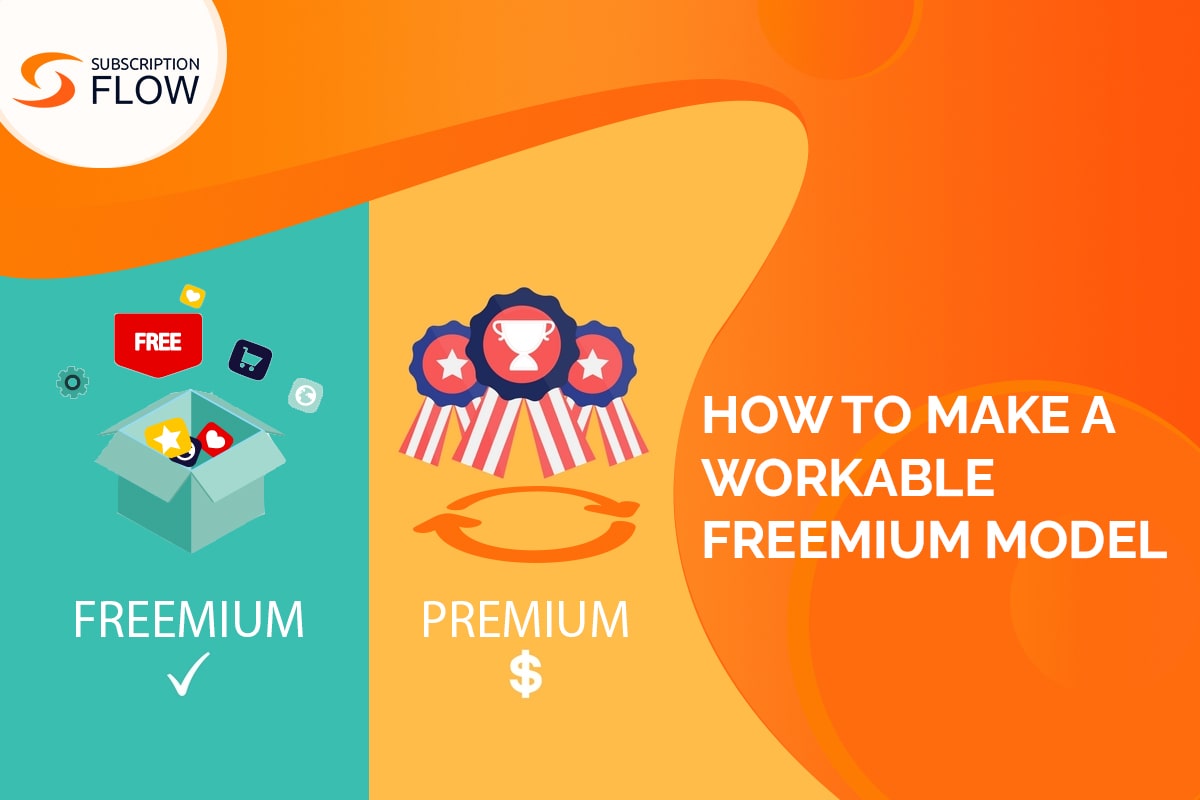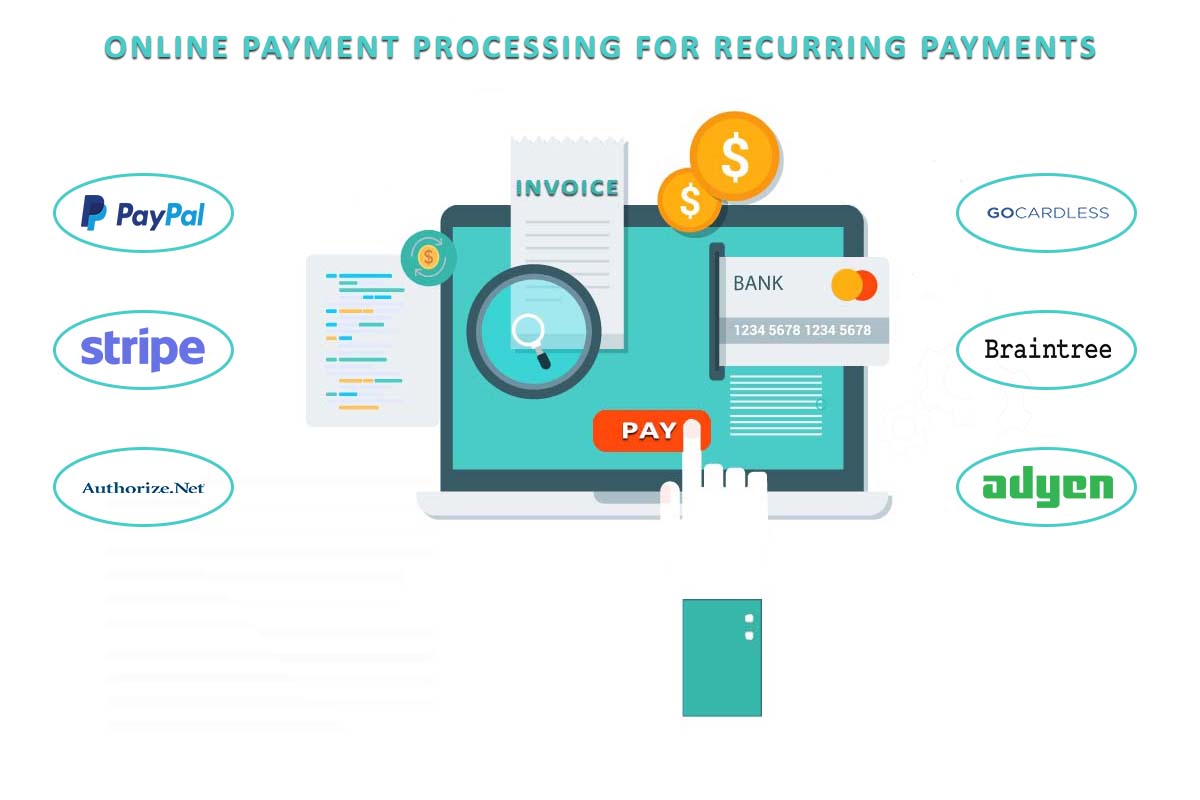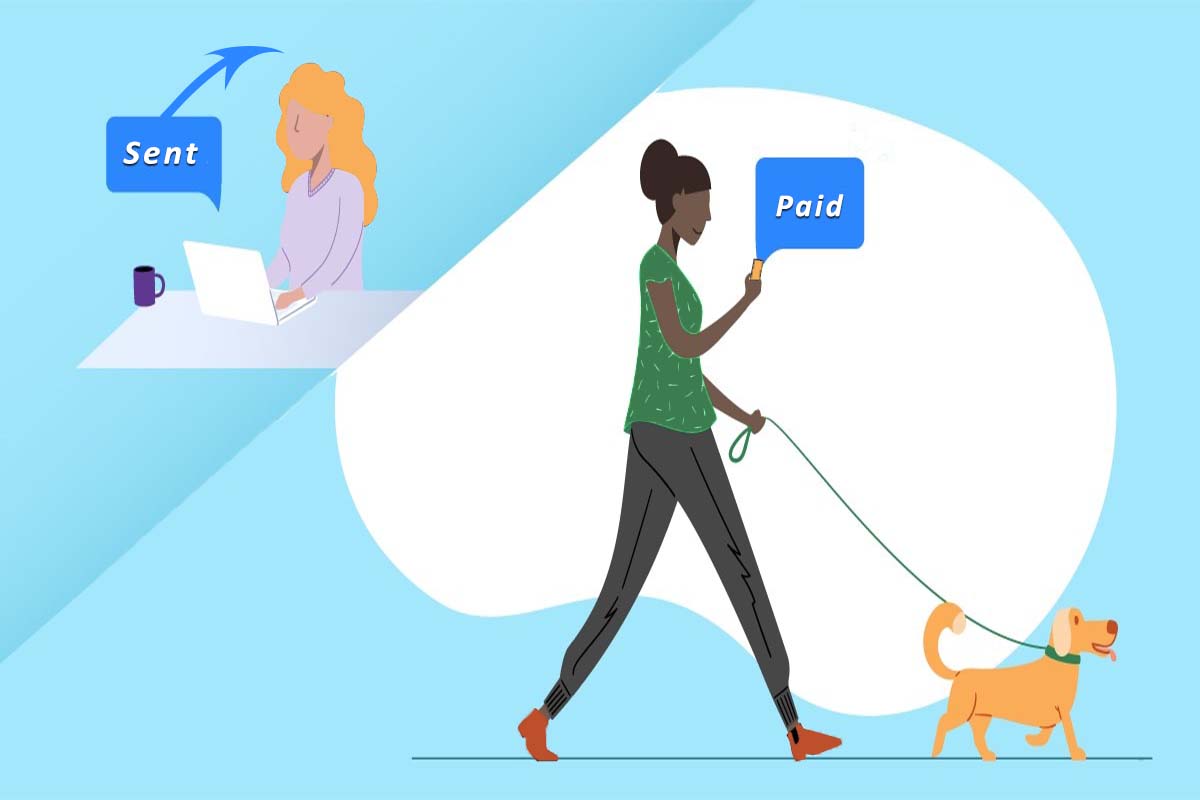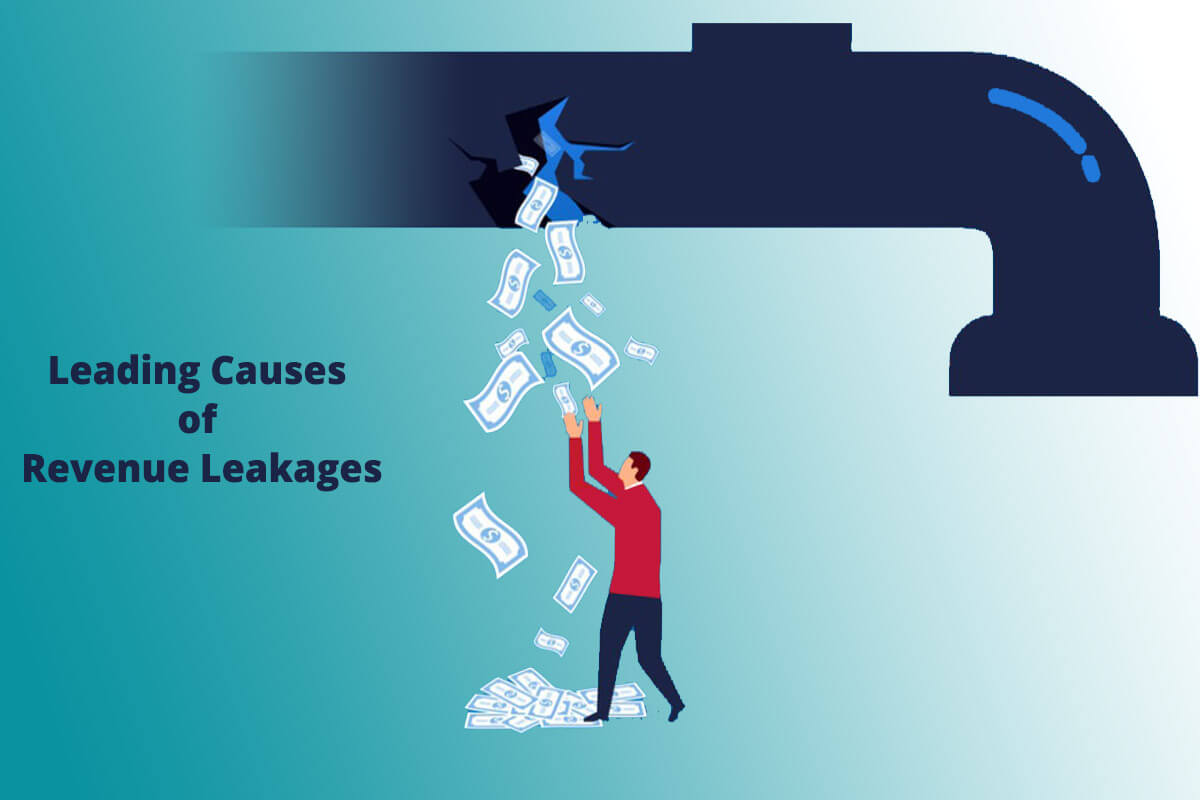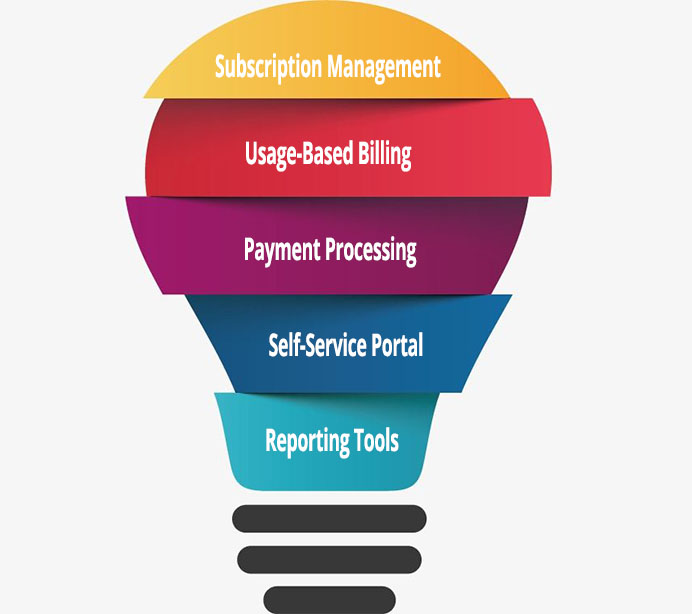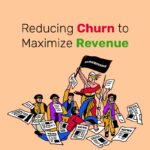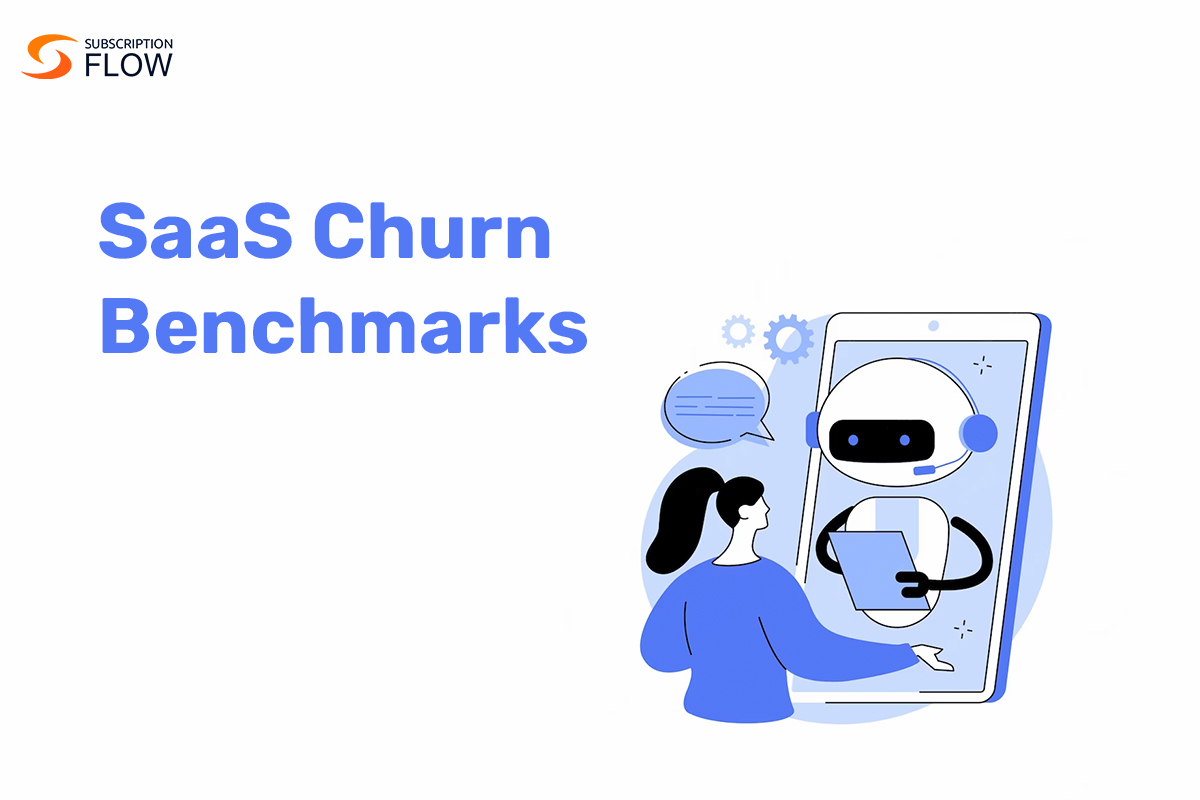
Key Insights into SaaS Churn Benchmarks to Maximise Revenue
Churn is a topic that always demands the attention of the SaaS world because most businesses flounder because of an unmanageably high churn rate. While it is important to grow your business at a robust rate, it is equally, if not more important to also work on strategies of customer retention to ensure that only do you attract a lot of customers, but you are also able to retain them and continually get payments from them.
Businesses that are not able to do it suffer from a high churn rate. In this blog, we will be going over SaaS churn benchmarks to help you decide how to determine the different ways in which churn occurs and ways in which it affects a business. In particular we will be looking at B2B SaaS churn rate benchmarks to help you decide how to best cater to and retain businesses that will be regularly subscribing to your service.
Read more: Logo Churn Survival Guide: 5 Effective Strategies for Fostering Customer Loyalty and Growth
What is Churn?
The rate at which customers or subscribers stop utilising a service or product is referred to in business as “churn.” It is an essential indicator for evaluating client retention and company health. High churn means that more customers are departing than are joining, which could have an effect on growth and revenue. Churn can be brought on by things like dissatisfaction, competing products, or shifting needs. Understanding churn’s causes, enhancing the customer experience, and raising the value of the product are all necessary for reducing it in order to keep a loyal client base.
A subscription management platform like SubscriptionFlow can be of help by letting you manage churn through its tailor-made features of addressing client concerns and sufficiently retaining them.
Why Churn Matters?
Churn is important since it has a direct effect on a company’s profitability and sustainability. Customer unhappiness is shown in high churn rates, which limits growth and revenue. It costs more to get new consumers than it does to keep your current ones. Long-term profitability is lowered and efforts to cultivate a devoted consumer base are undermined by churn. Inadequacies in a product or service may also be reflected.
What are SaaS churn rate benchmarks?
SaaS churn rate benchmark help business find a way to compare their turnover rates to industry averages. These benchmarks give an overview of what is common within particular industries or market segments and are derived from aggregated data across numerous SaaS enterprises. While benchmarks are a useful tool, it i’s important to keep in mind that they should only be used as a general guide rather than as a rigid guideline.
Understanding the SaaS churn rate benchmarks
In order to navigate the SaaS churn rate benchmarks in accordance with the market, one needs to first understand the average churn rate of the market to see where one lies in relation to it. And to do that, here are a few ground realities one needs to understand first.
Churn is an inevitable element of running a subscription business. For this reason, benchmarking turnover rate ranges is crucial if you want to be honest about the state of your company. For instance, we’ve had several discussions with teams that want to get their attrition rate down to about 10%. Even though that’s a beautiful, round figure, it practically means that your company’s clientele will change every 10 months.
The typical annual turnover rates are as follows:
Logo Churn rate ranges from 3-7% for smaller businesses to 1-2% for larger ones.
For smaller businesses, the net revenue churn rate is 10-15%, while for larger businesses it is 5-7%.
Gross MRR: 2.5% to 2.5 percent for smaller businesses, and 1% for larger businesses.
For most businesses, net MRR is 2%.
Navigating the SaaS churn rate benchmarks: Improving B2B SaaS Churn Rates
1. Sell more yearly agreements—customers are committed to using your services for at least a year, annual contracts are the simplest and quickest strategy to reduce churn rates. Additionally, clients that sign long-term contracts are typically not cost-conscious and pick your services because they believe in your business. You can email current clients with an enticing discount on yearly plans to grow your annual contracts by emphasizing the benefits over monthly plans for prospective consumers.
2. Put an emphasis on cross- and up-selling. In contrast to cross-sells, which push customers to buy extra relevant services like integrations, training, or premium support, upsells urge consumers to purchase software at higher price points.
3. Cut back on your unconscious churn. Since payment problems brought on by failed credit card transactions account for 20–40% of churn, SaaS companies must invest in a sound strategy to lower involuntary churn.
4. Enhance the onboarding process. The first impression clients get of your company is through your onboarding, and this impression sets the tone for their whole customer experience. You should review your onboarding procedures to make sure everything is clear and applicable to new clients if you want to lower your churn rates. For instance, it might be beneficial to create a knowledge library full of lessons and instructions that enables users to quickly find the information they need.
Read more: Metrics that Matter: A Deep Dive into MRR, ARR, Churn, and ARPU for Subscription Business Models
The bottom line
The surest way you can anticipate greater churn rates if your SaaS company offers a lower pricing tier to SMEs or small business owners is by implementing these strategies.
However, because it costs more to break contracts when you target large corporate firms, you may anticipate seeing lower churn rates to properly engage with SaaS churn benchmarks. Remember to compare your turnover rates going forward to those from past years; doing so will help you see how you have improved.
Book a demo with SubscriptionFlow to understand your B2B SaaS churn rate benchmark now!


